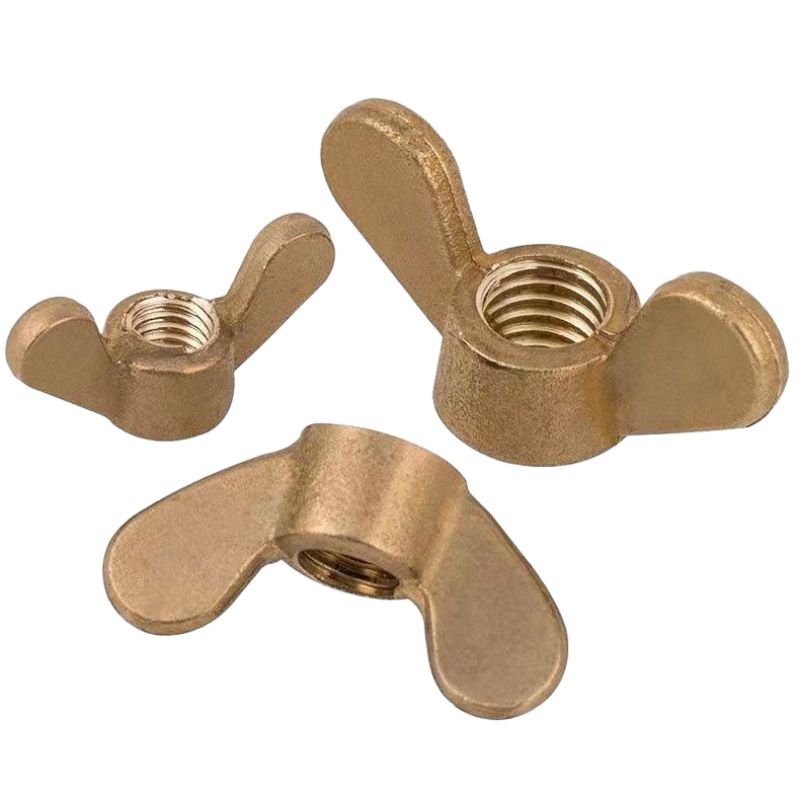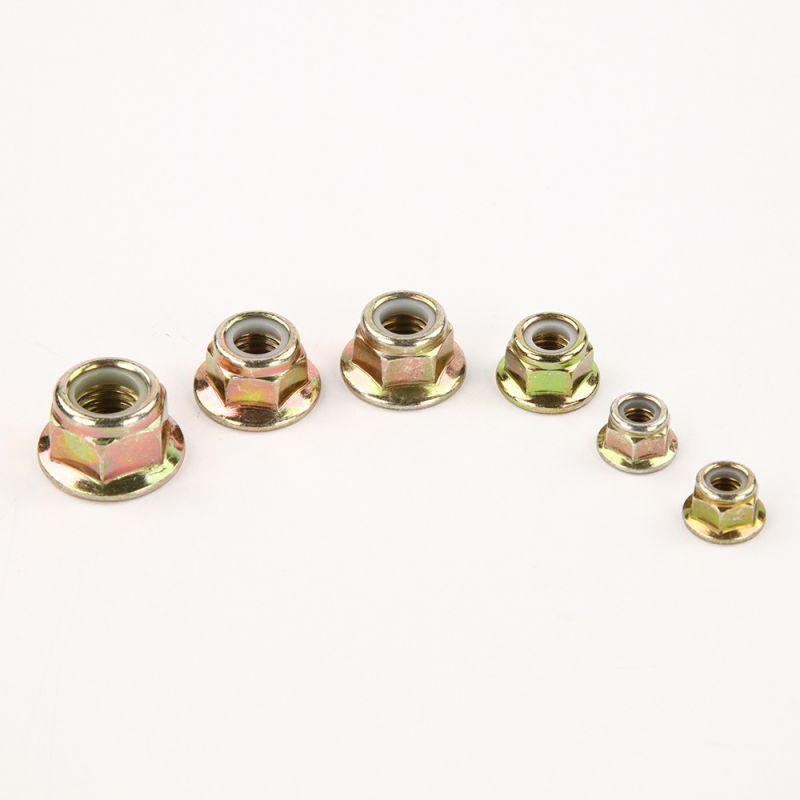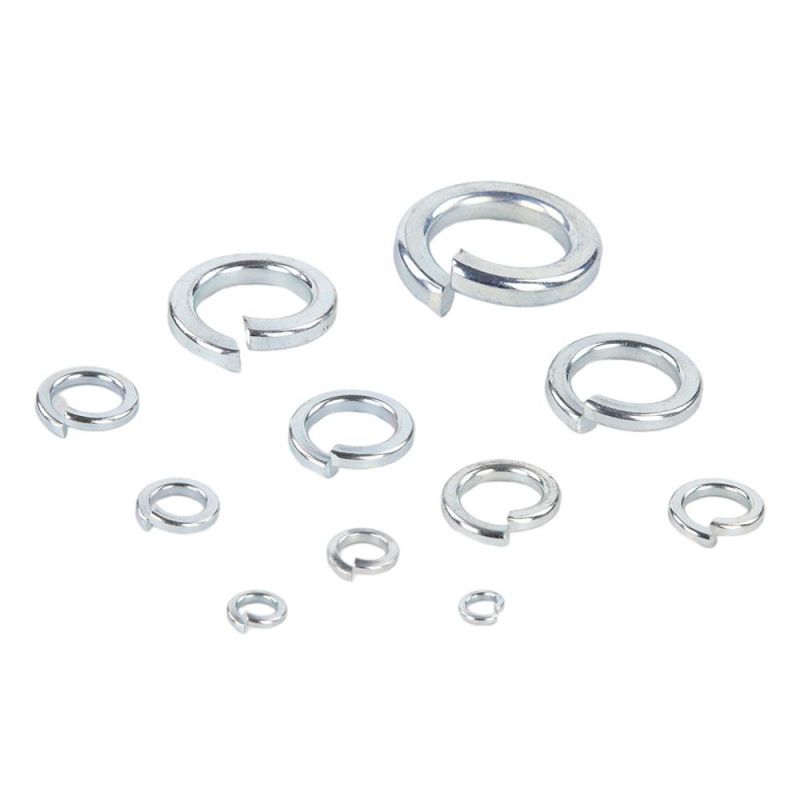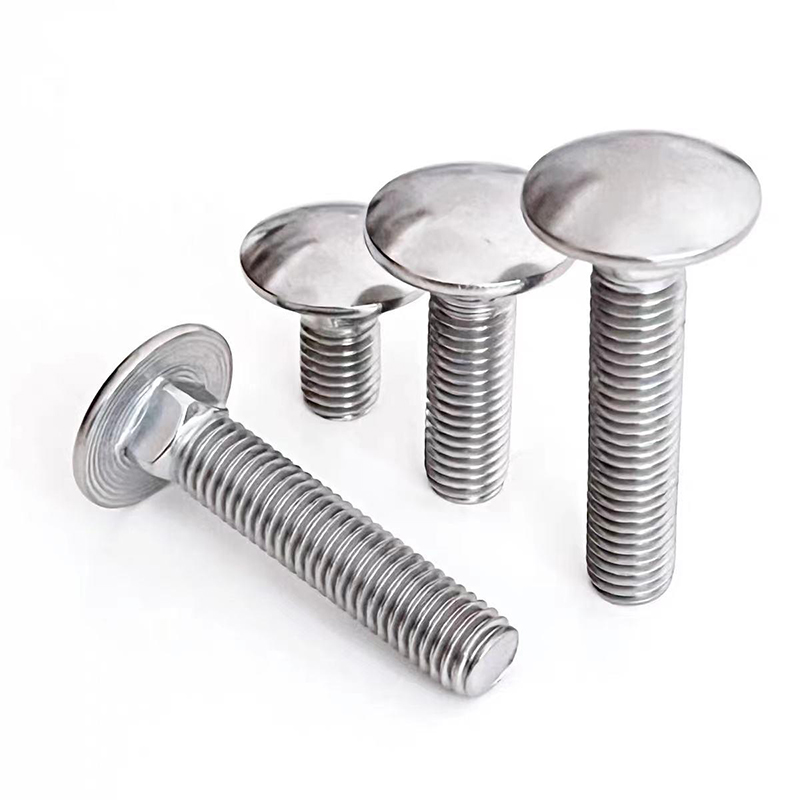What are machine screws?
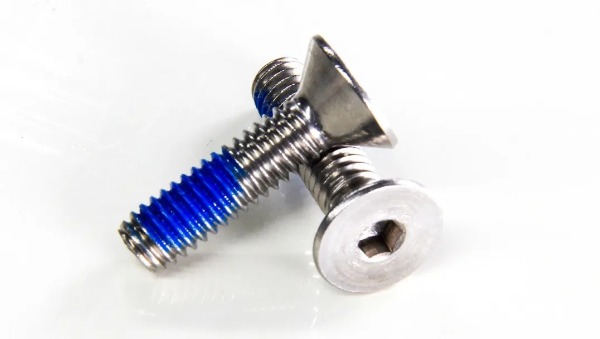
Machine screws are high-precision fasteners widely used in mechanical equipment, electronic products and construction industries. They are usually used with threaded holes or nuts to provide reliable fastening connections. Their features include:
High thread precision, suitable for metal, plastic and composite material connections;
Various head shapes, suitable for different installation methods and fastening requirements;
Widely used, covering mechanical equipment, electronic products, automobile manufacturing and other fields.
Machine screws with different head shapes are suitable for different application scenarios. This article will introduce in detail the characteristics, uses and manufacturing processes of hexagon socket countersunk machine screws, cross pan head machine screws, hexagon socket flat round head machine screws and cross countersunk machine screws.
Main types of machine screws
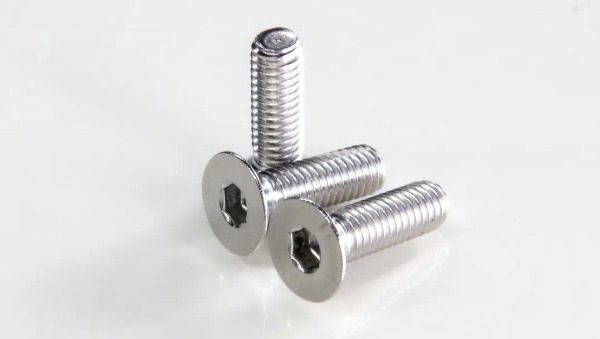
2.1 Hex Socket Countersunk Head Machine Screw
Structural features:
The head is conical (usually 90° or 100°), and it is flush with the workpiece surface after installation;
It adopts hexagonal drive to provide higher torque transmission capacity, suitable for occasions with limited fastening space.
Application scenarios:
Mechanical equipment: used for smooth surface installation to prevent protrusions from affecting moving parts;
Mold manufacturing: fix precision parts to ensure alignment;
Electronic equipment: such as notebook and mobile phone housing assembly, providing compact and beautiful connections.
Advantages:
Hidden installation to ensure a flat appearance;
Strong torque bearing capacity to avoid slipping and damage to the screw head.
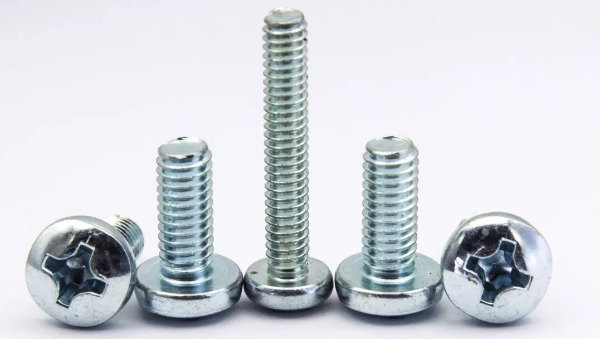
2.2 Phillips Pan Head Machine Screw
Structural features:
The head is wide and slightly raised, suitable for fixing with a large contact area;
The cross slot design is easy to operate with a standard screwdriver.
Application scenarios:
Furniture manufacturing: fixing wooden boards, metal frames, etc., easy to install;
Electrical equipment: such as screw fastening of distribution boxes and switch panels;
Industrial equipment: suitable for non-countersunk installation, providing uniform force distribution.
Advantages:
Easy to construct, suitable for tightening with manual or electric tools;
The head has a large contact area and enhances the stability of fixation.
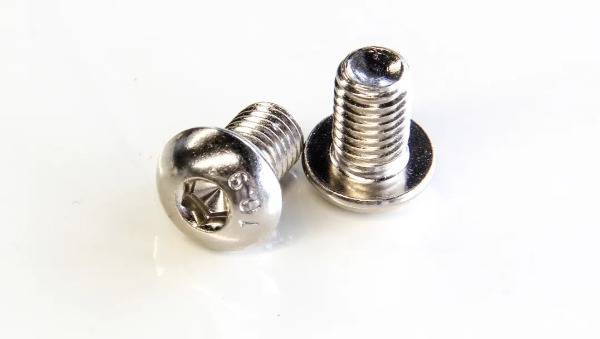
2.3 Hex Socket Button Head Machine Screw
Structural features:
The head is dome-shaped, providing a more beautiful and low-profile design;
Adopting hexagonal drive, reliable fastening, not easy to damage the screw slot.
Application scenarios:
Bicycle and car modification: used for fixing lightweight structures;
Aerospace: used for fixing dashboards, panels, etc. to reduce airflow resistance;
High-end electronic equipment: such as server chassis, providing a compact and beautiful appearance.
Advantages:
Sleek design to avoid sharp edges affecting appearance and safety;
High-strength connection, suitable for high-torque environments.
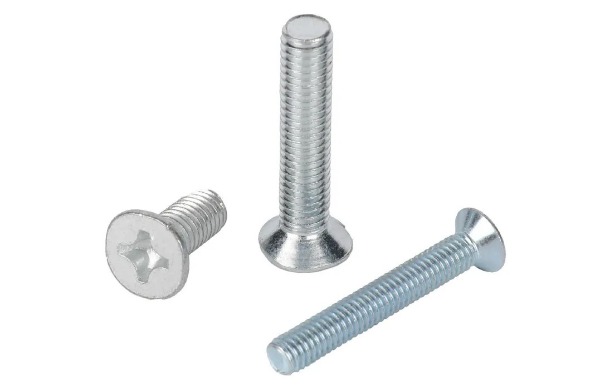
2.4 Phillips Countersunk Head Machine Screw
Structural features:
The head is a conical countersunk head, which is flush with the surface after screwing in;
It uses a cross slot, which is easy to install manually or electrically.
Application scenarios:
Metal structure: fastening aluminum alloy, stainless steel and other materials;
Plastic products: used for fixing the housing of home appliances and electronic products;
Architectural decoration: invisible installation to ensure smooth and beautiful surface.
Advantages:
Suitable for hidden installation, high aesthetics;
Easy to construct, compatible with various cross screwdrivers.
Production process of machine screws
1. Cold heading: High-speed cold heading machines batch-form screw heads and rods to improve production efficiency.
2. Thread processing: Rolling thread process is used to improve thread strength and fatigue resistance.
3. Heat treatment: Quenching and tempering of high-strength screws (such as grade 8.8 and grade 10.9) are performed to improve hardness and durability.
4. Surface treatment: Common surface treatments include galvanizing, blackening, nickel plating, phosphating, etc. to improve corrosion resistance.
5. Quality inspection: Three-coordinate measuring instrument, hardness test, torque test, etc. are used to ensure that the screws meet industry standards.


